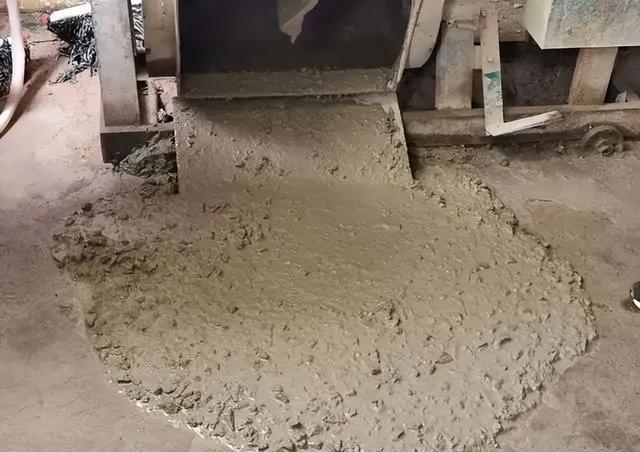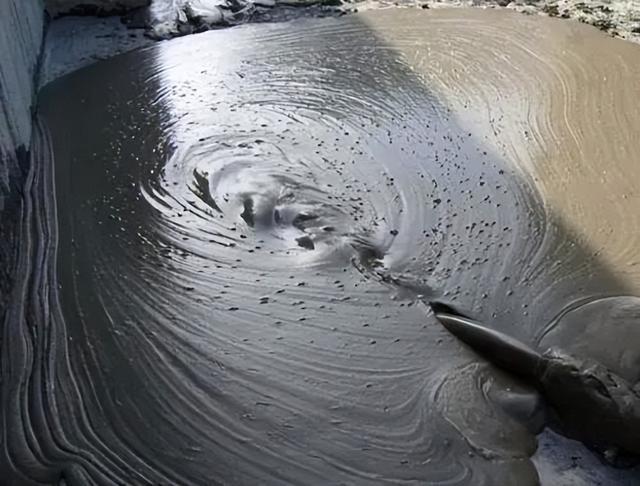Post Date:12,Jun,2023
Water reducing agents are mostly anionic surfactants, and currently commonly used in the market include polycarboxylic acid based water reducing agents, naphthalene based water reducing agents, etc. While maintaining the same slump of concrete, they can significantly reduce the amount of water used for mixing, improve concrete strength, and reduce the occurrence of cracks. They play an important role in regulating concrete performance. However, concrete mixtures mixed with water reducing agents may encounter problems such as sticking to the tank and false setting. In order to avoid the occurrence of various problems, Freeman will analyze the causes and solutions of the problems one by one.
一. Can sticking phenomenon:
Phenomenon: Part of the cement mortar adheres to the wall of the mixer cylinder, causing uneven and less ash discharge of the concrete, resulting in sticky concrete.
Reason analysis:
Concrete sticking often occurs after adding retarders and water reducing agents, or in drum mixers with similar axial diameter ratios.
Terms of settlement:
(1) Timely pay attention to cleaning and removing remaining concrete;
(2) Firstly, add aggregates and some water to mix, then add cement, residual water, and water reducing agent to mix;
(3) Use a large shaft diameter ratio or forced mixer.

二.Pseudo coagulation phenomenon
Phenomenon: The concrete after leaving the machine quickly loses its fluidity and even cannot be poured.
Reason analysis:
(1) Insufficient content of calcium sulfate and gypsum in cement leads to rapid hydration of calcium aluminate;
(2) The water reducing agent has poor adaptability to this type of cement;
(3) When the content of triethanolamine exceeds 0.05-0.1%, the initial setting is rapid but not final setting.
Terms of settlement:
(1) Change the type of cement;
(2) If necessary, adjust the admixtures and carry out reasonable compounding;
(3) Add Na2SO4 component to the admixture.
(4) Reduce mixing temperature

Post time: Jun-13-2023

